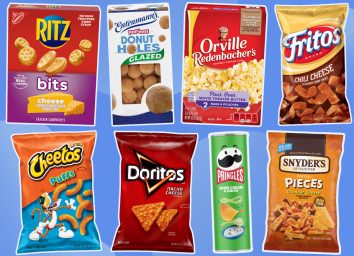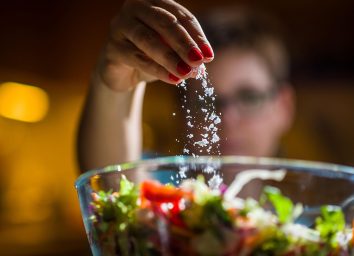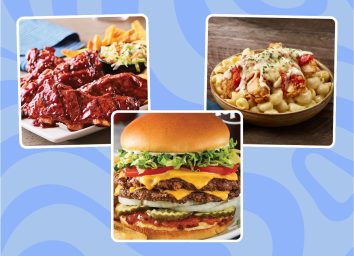The Reason You’re Not Losing Belly Fat
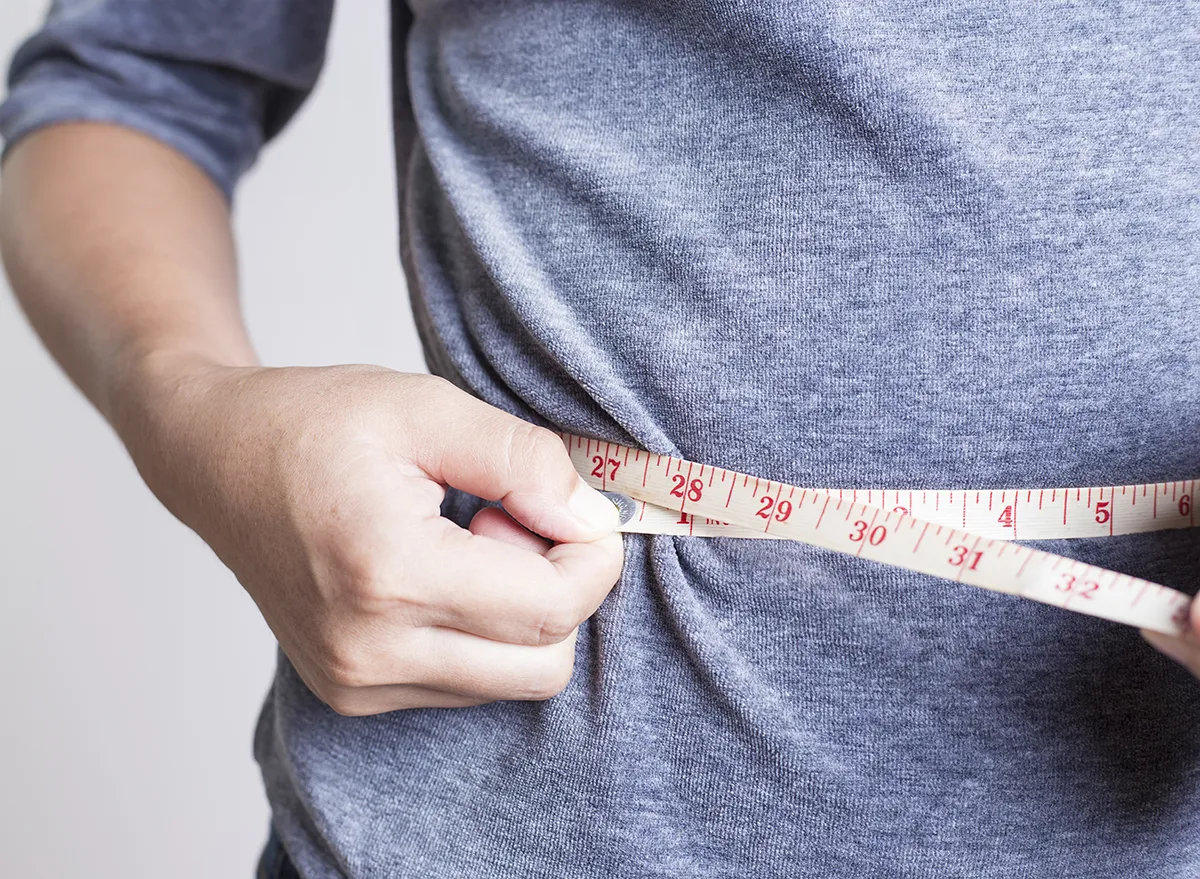
If you can’t seem to lose stubborn belly fat, it might not be because of the calories you’re eating. It could be the salt.
For every extra gram of salt you eat in a day—that’s about what you’ll find in one of those tiny salt packets from the soup shop—your risk of obesity climbs by 25 percent, according to a study at Queen Mary University in London. Researchers speculate that sodium alters our metabolism, changing the way in which we absorb fat. And that’s not all. Study after study concludes that salt intake may be associated with an increase in thirst and appetite, which spikes daily caloric intake—a marker for obesity.
And that’s not great news. Need help ditching your salt shaker? Here are some of the easiest ways to go sodium-free and get that flatter tummy, once and for all. While you’re making healthier changes, be sure to try out these 21 Best Healthy Cooking Hacks of All Time!
Push For Pepper
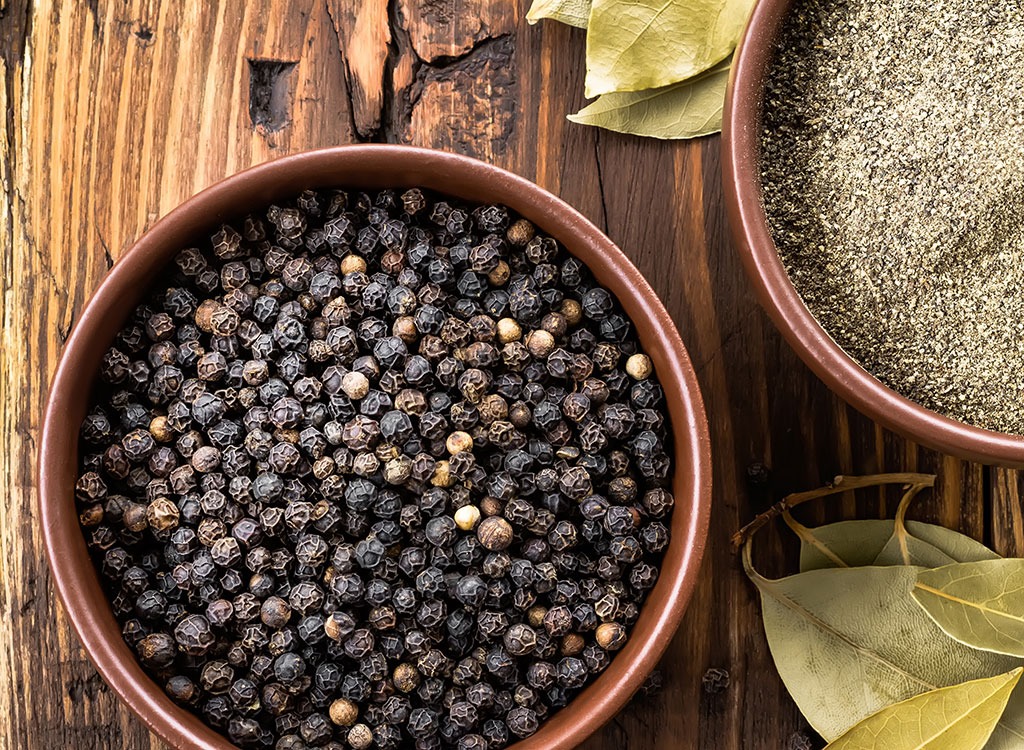
Most of us use a few more shakes of salt than we do pepper when we flavor our meals. If you reverse that ratio, you’ll also reverse your weight gain and actually lose belly fat. In a 2011 animal study, mice who supplemented their high-fat diet with piperine—the active compound in pepper—significantly reduced body weight, triglyceride levels, and total cholesterol levels.
Train Your Tongue With Herbs

A behavioral study showed adults how to jazz up meals using herbs instead of salt. As a result, the subjects cut nearly a full gram of sodium a day from their intake. That’s enough to cut your risk of obesity by 25%! The top choices: fresh parsley and chives. Each ranks higher in nutritional density than kale, according to a study at William Paterson University. Or try cooking with tea. Yes, tea!
Observe the 140 Rule
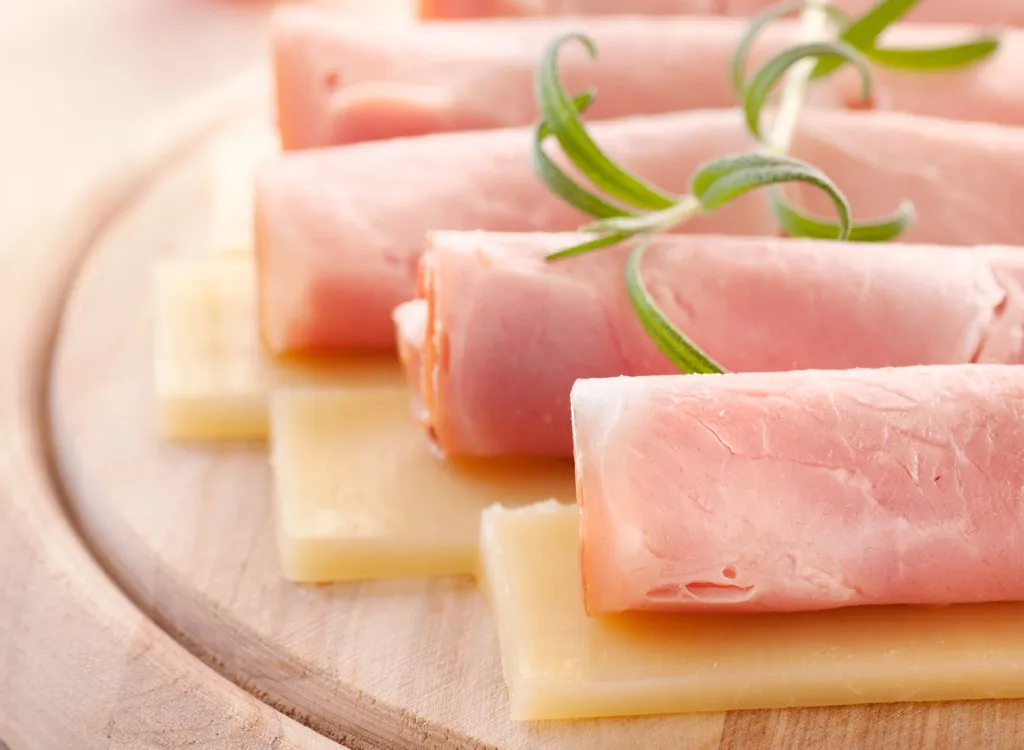
In order to be considered a “low-sodium” food, the FDA requires eats to contain no more than 140 milligrams of salt per serving—and that’s a solid guideline for any processed food you pick at the supermarket. If the sodium content tops that number, look for another similar product.
Beware the Stealth Salt Sandwich
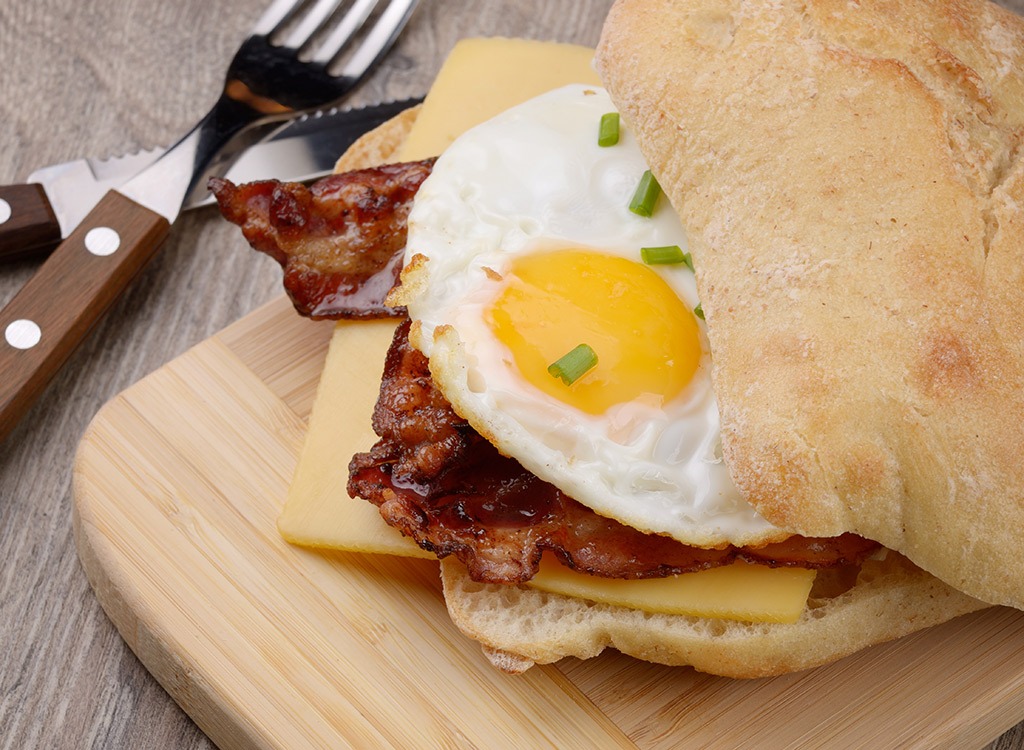
You probably already know that if you’re tearing open a bag of Doritos, all bets are off! But, surprisingly, chips and pretzels aren’t the culprits responsible for most of our salt intake. According to a CDC report, more than 70% of the salt we eat comes from processed foods and restaurant meals. In other words, we get more salt from the bread, cold cuts, and cheeses we choose to stock our fridges with than we do from the salty snacks in our pantry. Opt for using chicken breast in lieu of processed deli meats in sandwiches and look for 100% whole-grain bread that packs in less than 80 milligrams of salt per slice.
Beware the World’s Saltiest Meals
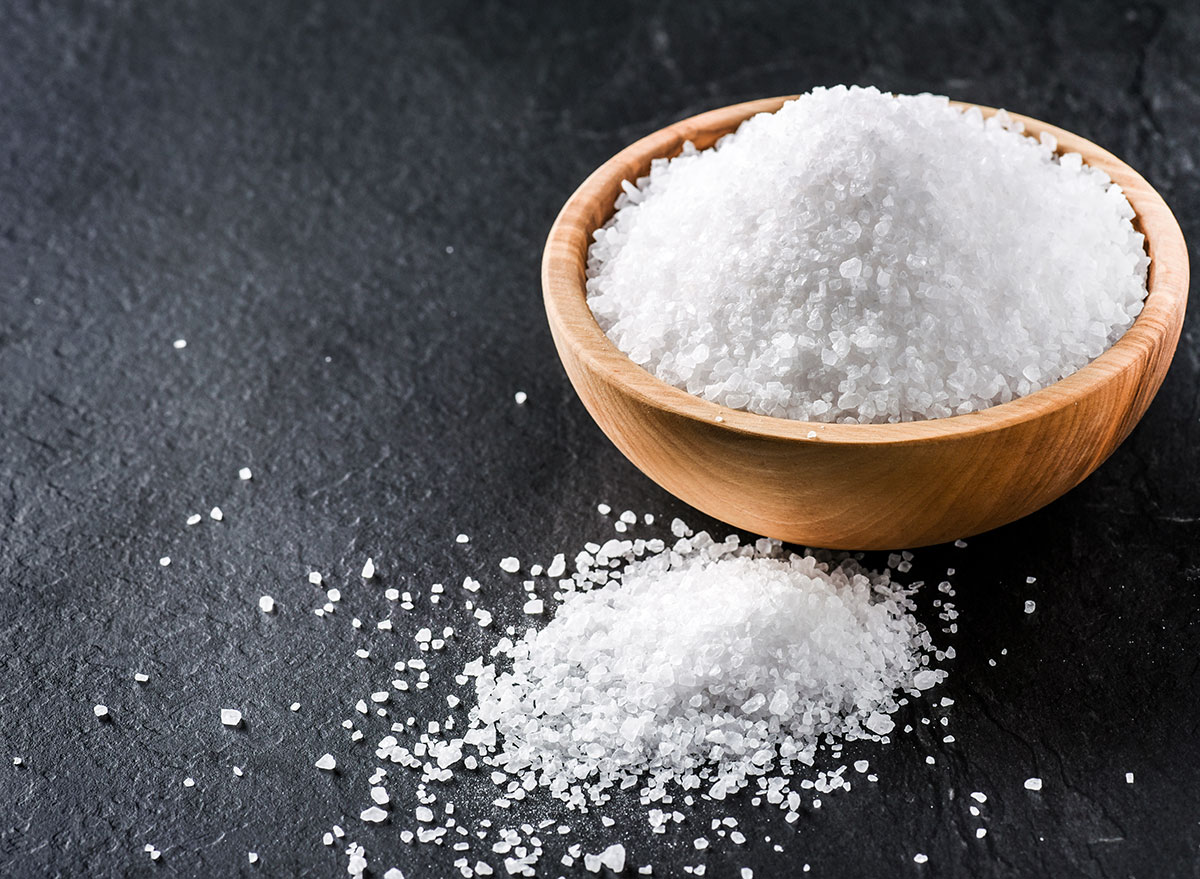
When you’re dining out, you want to make sure you’re staying away from the dishes that are swimming in sodium. Need some examples? Beware of Cheesecake Factory’s Pasta Napoletana, which is packing 5,150 milligrams; Chili’s Honey Chipotle Crispers and Waffles has 5,180 milligrams of salt; and the Admiral Feast from Red Lobster is swimming in 5,000 milligrams of sodium.
Looking for more helpful tips? Your ultimate restaurant and supermarket survival guide is here!
Up the Brown Spices
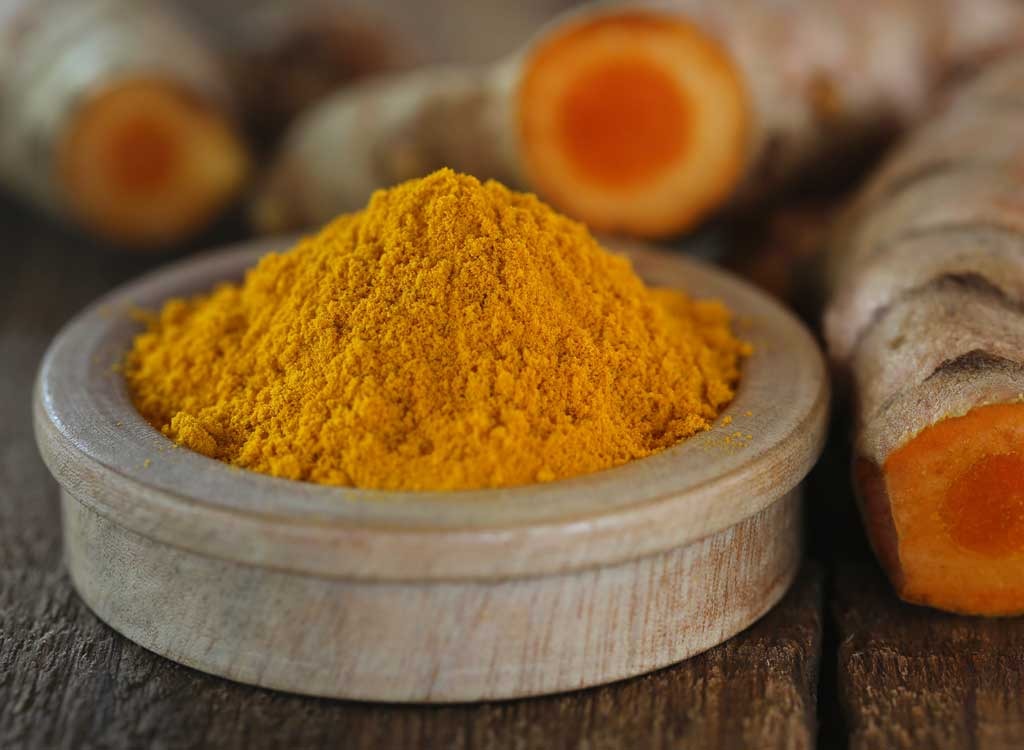
Tangy spices such as mustard seed, turmeric, and horseradish can mimic the tongue-tantalizing effects of salt but pack in loads of belly-flattening benefits. Mustard seeds are high in fat-fighting omega-3 fatty acids while compounds in turmeric and horseradish have been shown to reduce inflammation, a key obesity marker.
Eat the Fat
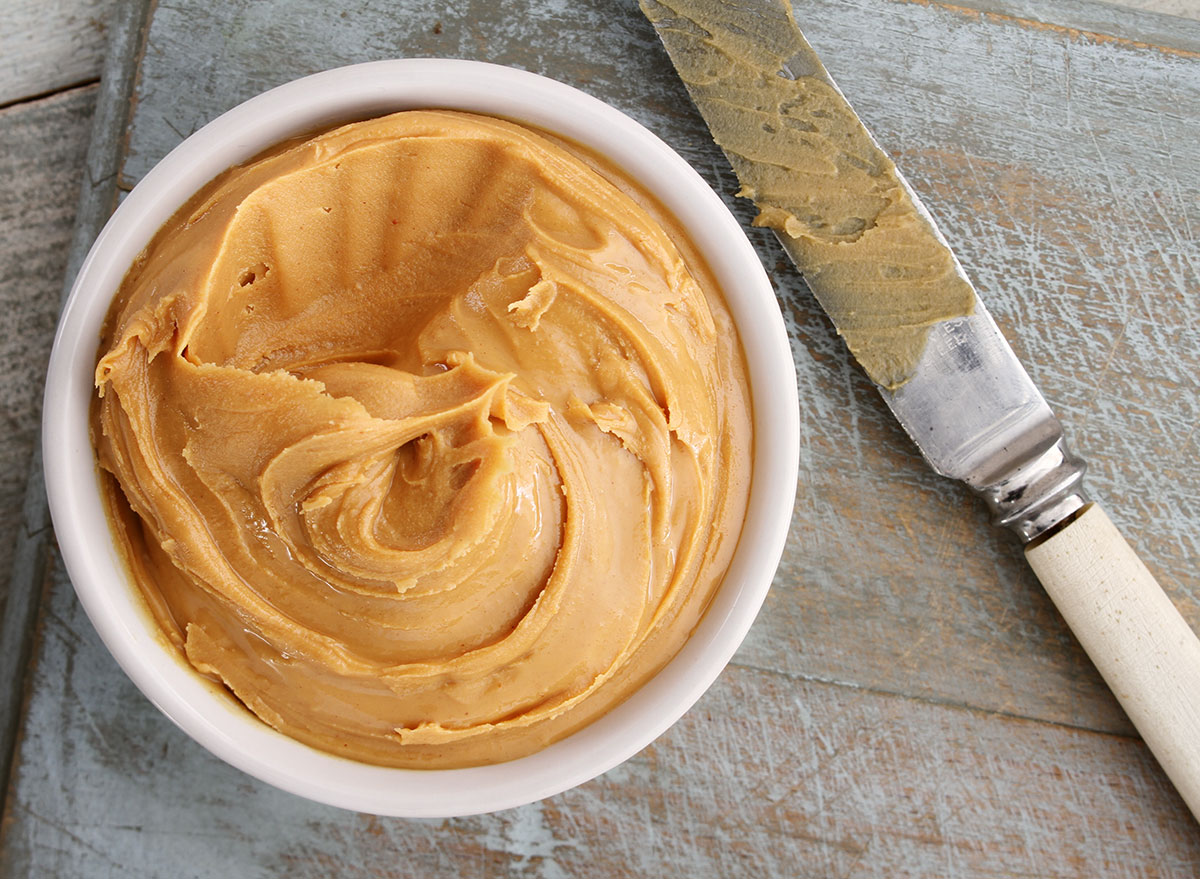
Many products reduce fat by adding salt and sugar. For example, plenty of natural peanut butters have no added salt, while Jif Reduced Fat Creamy Peanut Butter Spread has 190 milligrams (as well as corn syrup solids, molasses, zinc oxide, and other stuff that has nothing to do with peanuts). So just go for the regular stuff, and always check those nutrition labels.
Go for Yogurt
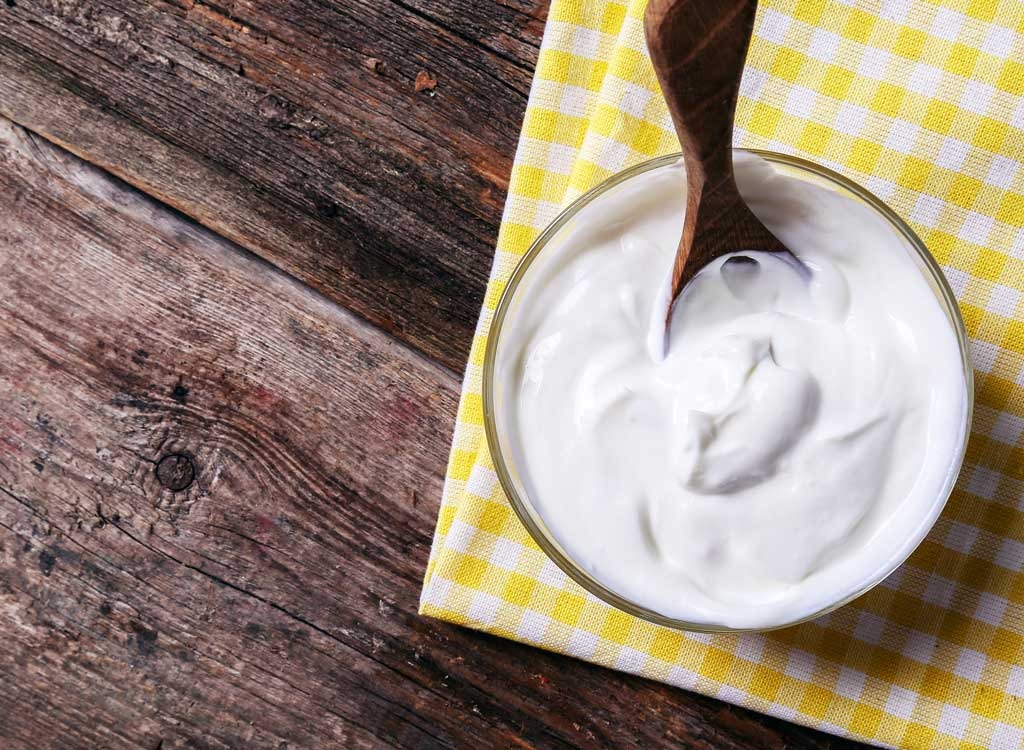
A naturally low-sodium food, yogurt makes a smart substitute for products like mayo, which brings the fat but none of the belly-cinching probiotics of yogurt. Plus, yogurt is a great source of energy-maintaining iodine, which is added to table salt for health benefits. Iodine is one of the few positives of eating salt, but yogurt can help make the additional sodium a thing of the past.
(And just so you know, here are the no-sugar-added recipes you’ll actually look forward to eating!)
Beware of Bizarre Ingredients

Many commercial milkshakes, baked goods, and desserts lists salt in sneak forms. Ever spotted sodium citrate, sodium erythorbate, sodium phosphate, sodium nitrite, and sodium stearoyl lactylate on an ingredient list? Those are all forms of blood-pressure-spiking salt.
Veer Away from Vegetable Flavors
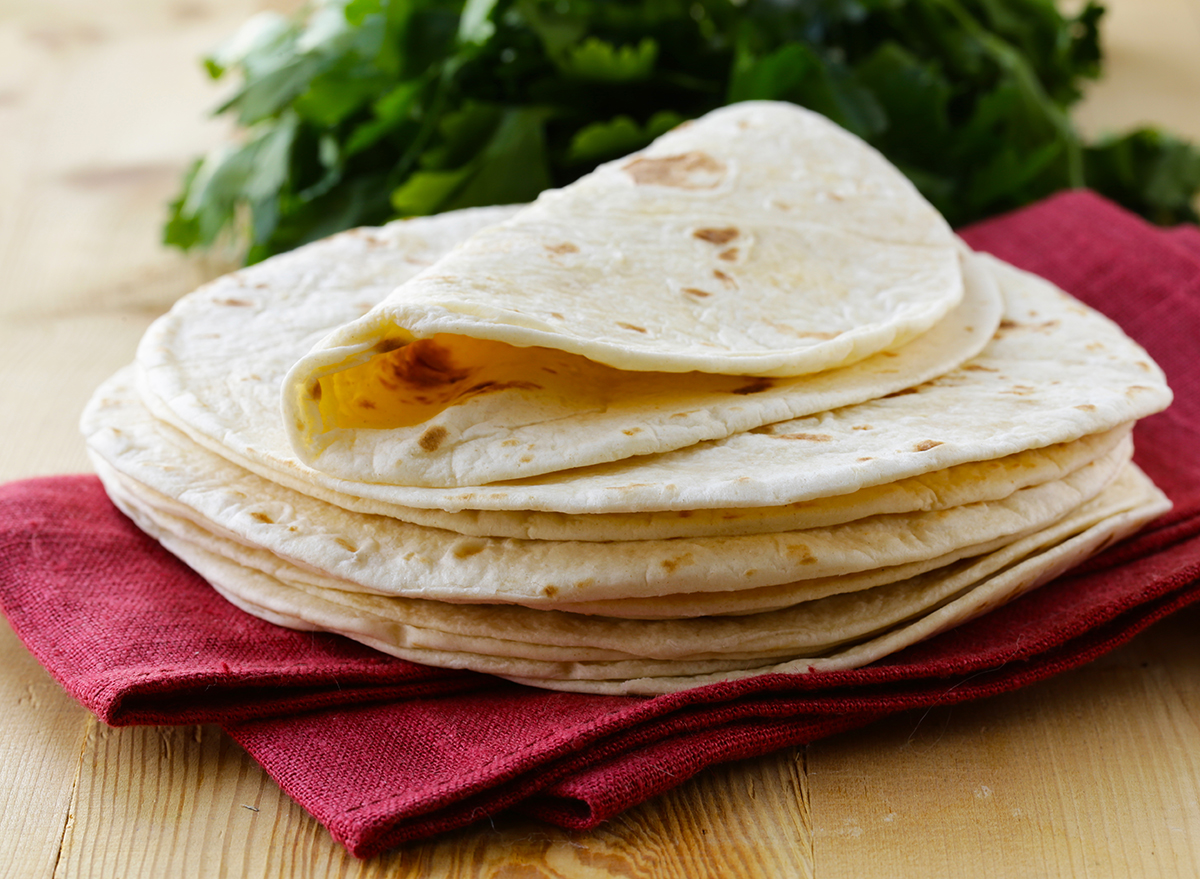
What’s the difference between Mission Corn Tortillas and Mission Garden Spinach Wraps? The first has a mere 10 milligrams of sodium per serving while the second has 460 milligrams. For many products, “vegetable flavor” means little more than some vegetable powder and lots of salt. You’ll need a drink after all that sodium—just don’t make it a Coke.
